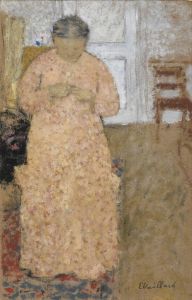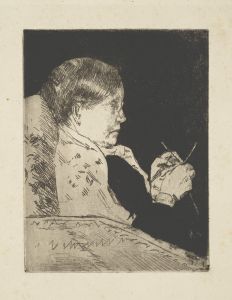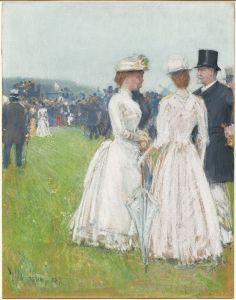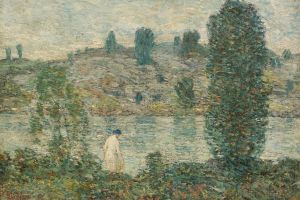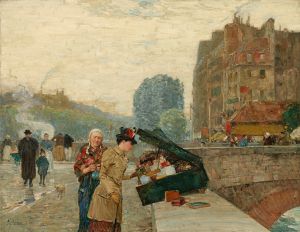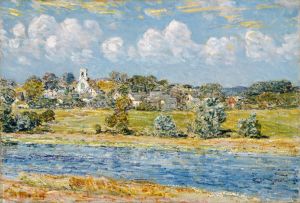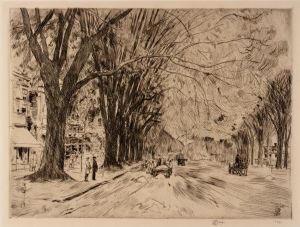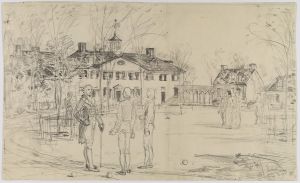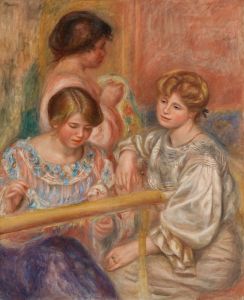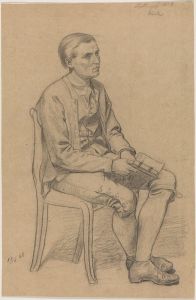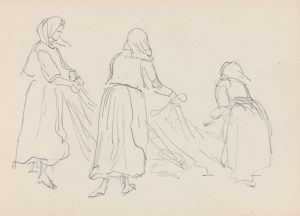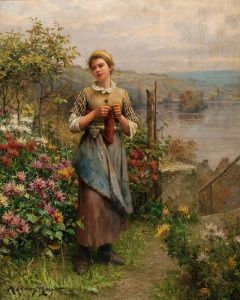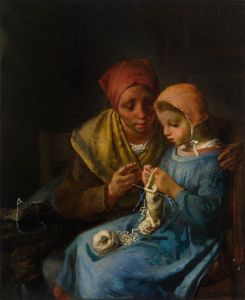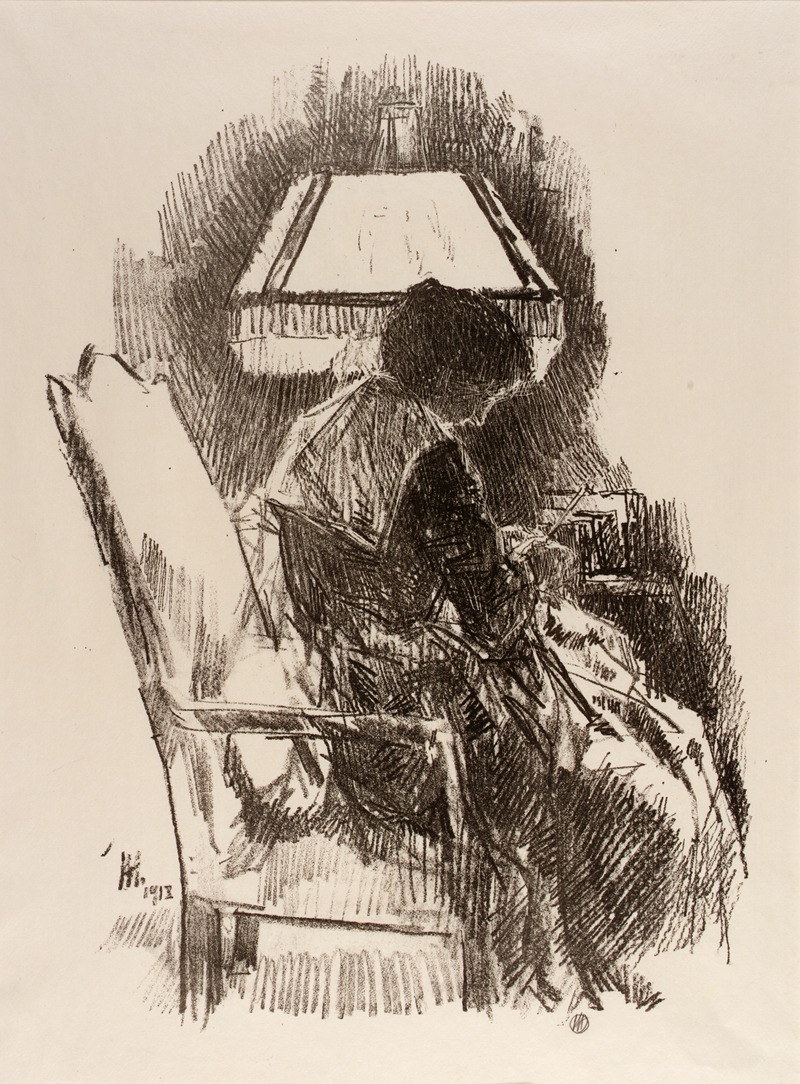
Mrs. Hassam, Knitting
A hand-painted replica of Childe Hassam’s masterpiece Mrs. Hassam, Knitting, meticulously crafted by professional artists to capture the true essence of the original. Each piece is created with museum-quality canvas and rare mineral pigments, carefully painted by experienced artists with delicate brushstrokes and rich, layered colors to perfectly recreate the texture of the original artwork. Unlike machine-printed reproductions, this hand-painted version brings the painting to life, infused with the artist’s emotions and skill in every stroke. Whether for personal collection or home decoration, it instantly elevates the artistic atmosphere of any space.
"Mrs. Hassam, Knitting" is a painting by the American Impressionist artist Childe Hassam. This artwork is part of Hassam's extensive oeuvre that captures the domestic and urban life of America during the late 19th and early 20th centuries. Childe Hassam, born Frederick Childe Hassam on October 17, 1859, in Dorchester, Massachusetts, was a prominent figure in the American Impressionist movement. He is best known for his depictions of cityscapes, coastal scenes, and domestic interiors, often infused with a sense of light and atmosphere.
The painting "Mrs. Hassam, Knitting" is believed to portray the artist's wife, Maud Hassam, engaged in the quiet and contemplative activity of knitting. Maud was a frequent subject in Hassam's works, often depicted in intimate and serene settings that reflect the couple's personal life. The painting exemplifies Hassam's skillful use of light and color, characteristic of the Impressionist style, to create a sense of immediacy and intimacy.
Hassam's technique often involved loose brushwork and a vibrant palette, capturing the effects of light and shadow in a manner that was both realistic and evocative. In "Mrs. Hassam, Knitting," these techniques are employed to convey the tranquility of the scene, with soft light illuminating Maud as she sits absorbed in her task. The composition likely emphasizes the domestic sphere, a common theme in Hassam's work, reflecting the artist's interest in everyday life and the beauty found in ordinary moments.
Childe Hassam was a key figure in the American Impressionist movement, which sought to adapt the techniques of French Impressionism to American subjects and sensibilities. His work was influenced by his time in Europe, particularly in Paris, where he was exposed to the works of French Impressionists such as Claude Monet and Pierre-Auguste Renoir. Upon returning to the United States, Hassam became a leading proponent of Impressionism, helping to establish it as a significant movement in American art.
Throughout his career, Hassam produced over 3,000 paintings, watercolors, pastels, and prints, leaving a lasting impact on American art. His works are celebrated for their vibrant depictions of urban and rural scenes, capturing the changing landscapes and lifestyles of America during his lifetime. "Mrs. Hassam, Knitting" is a testament to his ability to find beauty in the mundane and to portray it with sensitivity and skill.
Childe Hassam's contributions to art were recognized during his lifetime, and he received numerous accolades and honors. He was a founding member of the Ten American Painters, a group of artists who broke away from the Society of American Artists in 1897 to pursue their vision of Impressionism. Hassam's legacy continues to be celebrated today, with his works held in major museums and collections worldwide.
In summary, "Mrs. Hassam, Knitting" is a fine example of Childe Hassam's Impressionist style, capturing a moment of domestic tranquility with his characteristic attention to light, color, and composition. The painting not only reflects Hassam's artistic talents but also offers a glimpse into the personal life of the artist and his wife, contributing to the rich tapestry of American Impressionism.





